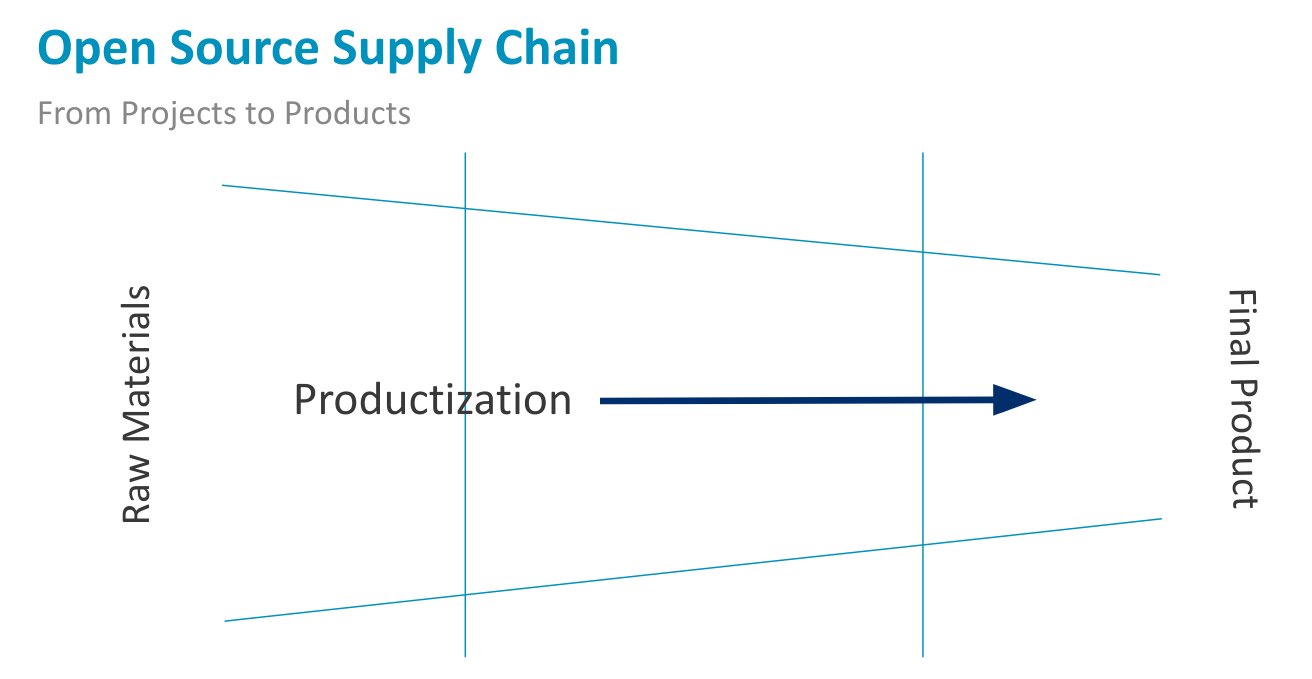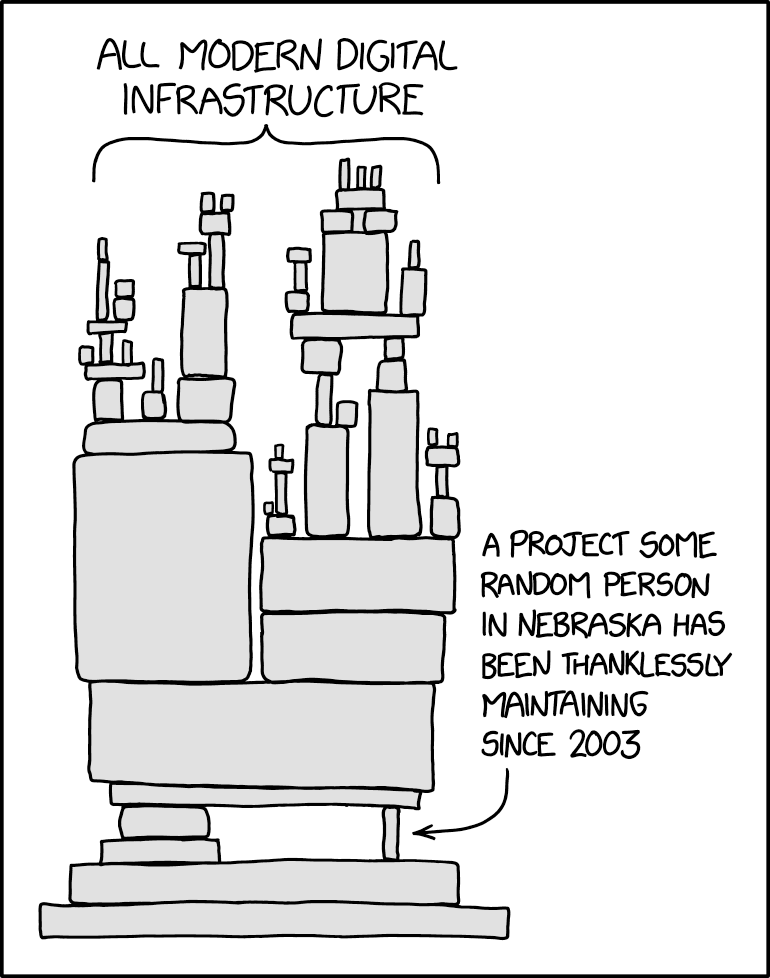I was as shocked as anyone when I heard that Charlie Kirk was murdered. I’m not going to lie – I didn’t mourn his passing. Neither did I celebrate. I was in shock. I, like many many others out there, have been numbed by the political violence of recent years. But I was equal parts surprised, disappointed, and exasperated by the response to what can only be described as a senseless killing. Flags at half-mast. Calls for civility. Calls for anyone to the left of Attila the Hun to “denounce the violence”. The immediate response was angry, full of fear, and only slightly less than terrifying. I could only watch in wonder as Charlie Kirk was elevated as some national hero or someone we should admire. I saw lots of calls for calm, for deescalation in rhetoric, for civil discourse, and to go along to get along and can’t we give peace a chance? I also saw vicious criticism of anyone that didn’t venerate Mr. Kirk, and oh yes, what’s that word again? Can…cel…ing? Jimmy Kimmel. Tens or even hundreds of educators at the high school and college level were fired. The fallout was immediate and in one direction, and I was trying my best not to think of the words “Reichstag fire”, because boy howdy were those recriminations fast and furious. It was as if the entirety of magaville had been lying in wait for this moment, to open the gates of fury. This was their chance to finally exact their performative revenge, to give voice to the grievances they had been nursing for such a long time. Whenever I’m confronted with the fury of MAGA vengeance and grievance, the question I’ve had that has never been satisfactorily answered is thus: what are they so angry about? What, exactly, do they want revenge for? And now that they’ve won every branch and level of the federal government, why are they still angry and in search of revenge? Revenge for what? And now that they’ve won, shouldn’t they be happy?
My mind wandered back to another episode of violence seared in the memory of those of us of a certain age, during the LA riots in 1992. Reporters asked Rodney King, whose brutal beating instigated grievances over long-standing injustice, about his thoughts on the riots. His famous response: “Can’t we all just get along?” One could be forgiven for longing for peaceful coexistence. One could be forgiven for wanting to end the violence as quickly as possible and go back to some semblance of “normal” where we can go about our lives and not have to worry about more spilling of blood. Wouldn’t that be grand? Wouldn’t it be nice if we could simply turn off our brains, click on the TV, and not have to worry about more outbreaks of violence? More killing? And what do we need to do in order to bring about this peace, order, and civility? Not talk about politics? Not call out injustice? Not raise our voices when our neighbors, families, and friends are erased, hauled off to gulags, or deported?
It came as no surprise to me that the alleged Charlie Kirk shooter turned out not to be some leftist agitator or member of any political group, but rather a non-political member of a conservative family who nursed a person grievance on behalf of his friend (I’m still not sure if they were in a relationship and I honestly don’t care enough to dig into it). No one should be shocked by this revelation, as this is the exact profile we have come to expect from so many of our violent mass shooters. Whether shootings in schools, churches, or other public gatherings, it’s the same story told numerous times from a thousand different vantage points: single protagonist, usually male, acting alone, often with no guiding political philosophy, and turning to violence to quell some agitated part of their mind, whether in a simple act of vengeance (Luigi Mangione), in defiance of their self-described persecution, to “teach women a lesson”, to act out their personal racist fantasies, or any number of other personal grievances that led to them committing heinous acts of violence. The question is why? Why do so many young men act out their personal revenge fantasies in the most shocking ways? Why are so many young men incited by hateful messages and rhetoric such that they put their violent thoughts into motion? I think we know why, but we’re not willing to address the reasons directly.
Let’s Be Frenemies and Save America
I have an old friend from college, a traditional non-MAGA conservative, who wrote a post on Medium with the above title, and it did not sit well with me. I was angered by it. He was another in a long list of people calling for civility of discourse. Let’s air out our differences and respect each other’s viewpoints. Let’s have a meeting of the minds and come away with fresh perspectives. It was almost a mirror image, from a conservative point of view, of the Ezra Klein opinion piece in the New York Times written 2 days prior. In both cases, the authors desired to paper over our differences and let bygones be bygones. Who can argue with calls for peace? It’s a stirring call that promises to assuage our innermost fears. It’s so appealing to simply let it go and move on. But see, I can’t do that, because there’s this nagging part of me that can’t dismiss the asymmetrical nature of our violence nor the asymmetrical nature of our politics. If we agree that the violence occurring right now is fueled by rhetoric, why is that happening? Who is escalating the rhetoric?
This leads us directly to the question that forces us to address the elephant in the room: who benefits from civility? Who gains the most from a deescalation of rhetoric? I read a fantastic essay earlier today by A. R. Moxon (no idea who that is), “Eventually You’re Going to Have to Stand for Something.” He included an analogy that speaks to our current predicament – it was about a cruel king who persecuted innocents and took them as slaves and his handlers who enabled him. Some of those handlers were extremists, and some were more thoughtful and tried to blunt his worst impulses. So the story goes, there’s some unrest from subjects who are unhappy with the cruelty and start speaking out against the king, who responds with violence. The thoughtful advisors try to intervene and tell the public that they will have to get along with the king, so stop making a public outcry. The punch line is this:
So the people began to speak out against the king, and the king would respond. Some he would imprison, others he would torture, others he would kill. And a great despair grew in the hearts of some people, while in the hearts of others, hatred blossomed.
One day the king’s party was ambushed, and the king barely escaped, while two of his soldiers and one of his favorite princes lost their lives. Anticipating reprisal, the restless people gathered in a mob outside the castle walls. The moderate princes and advisors became frightened to see that their kingdom had at last descended into violence. “We are going to have to find ourselves some loyal soldiers willing to kill and imprison citizens,” they murmured to one another.
If we think back to our first interaction with a bully, usually in grade school, it’s good to recall what happens when you hand over your lunch money: the bully comes back. And every time he comes back, it gets harder to resist, because you’ve already established ground rules. My problem with the calls for civility is that, at the risk of making light of a dire situation, we’re setting ourselves up to pay a lifetime’s worth of lunch money. But of course, this is not about lunch money, this is about people’s existence; our very existence. Our equivalent of giving up lunch money is watching people get maimed, tortured, persecuted, exiled, and killed. A few years ago, I wrote an essay about how evangelicals will kill us all, and that was before the pandemic. I argued then that they were unwilling to compromise with those they thought were evil and “against God”, and in such a conflict, how can we possibly expect a peaceful resolution? Will they someday wake up and decide, oh my bad, I was so wrong to kill your sisters, mothers, children, and millions of other people. Silly me – I’m so sorry! We’re going to stop being such hateful bigots and learn to live with you. And this is the ultimate problem I have with calls for civility: they’re all asking for us to conveniently forget the past, present, and future acts of violence, and they’re asking us to forgive and forget. By framing the exercise as everyone coming together, they’re putting the onus, the responsibility, on the non-MAGAs to be better. Ezra Klein, as well as my college friend, accepted that framing and willingly obliged so he can go back to… whatever it is that he does. Ta-Nehisi Coates rightfully called out Klein’s behavior, noting that his deescalation only serves to reinforce a status quo that is wholly unfair and serves to erase and condemn entire groups of people to a lifetime of persecution and violence against them. The bargain seems to be this: just go away, liberals, just STFU about our little persecutions against people that nobody cares about. Why do you care so much? We’re not talking about you. And Ezra Klein said, oh of course, and slinked away.
There has been an escalation of rhetoric that has inspired many to commit acts of violence, and despite the efforts of people like my college friend to pretend that this goes both ways, it should be pretty clear that the violence is coming from a single source. It’s the same source that fueled violence against abortion clinics. It’s the same source that fueled violence against Asian people post-COVID; violence against women in the form of rape, assault, and even mass shootings; violence against targeted races and classes, usually black and Latin American; violence against politicians in the form of assassinations and home invasions; and violence in the form of 2nd amendment rhetoric about trees of liberty and the blood of tyrants. The violent rhetoric has centered, in no particular order, on Democrats, women, blacks, Latin Americans, refugees, immigrants of all stripes, gay people, trans people, and really anyone that white supremacists can call out publicly without catching too much flak. It used to be that such language would lead to such a loud response that no one would dare try it. And yet here we are – a movement built entirely on the birth certificate of a former president is now pushing for the extrajudicial persecution and removal of any immigrant, anywhere in the United States. Not enough violent immigrants to catch? We’ll just make them up and detain them anyway. And then we’ll put military boots on the ground in our cities just to instill the proper amount of fear from those “other people”. This is the definition of asymmetrical stochastic terrorism.
Such is the swirl of violence surrounding our radical right-wing reactionaries, that it has now come for their own – witness Charlie Kirk. We’re now seeing 4chan kids, immersed in violent fantasies and coming from right-wing families, choosing the path of violence against their own, because it’s what they’ve learned from their elders as the best way to address an egregious offense. If you grow up believing that the best way to deal with evil is to shoot it, guess what happens when you see someone you love suffer at the hands of a perpetrator? You’re going to think about revenge, and if you are angry enough, you just might act on it. Revenge begets revenge; violence leads to violence. And in our case, the violence rests at the feet of a belligerent movement that has plagued our politics since at least the 1950s, when McCarthy ran amok, segregation was a national crisis, and the reactionaries of the day were just waiting for Barry Goldwater to unite them under the Republican flag.
First truth, then reconciliation
The nagging part of my brain cannot let go of the truth, or rather the lack thereof. To reconcile without truth is just capitulation. Before we can ever reconcile or come to any mutual agreement, we must be able to acknowledge the truth. And the truth is, radical reactionaries have been angling for revenge since before the ink on the voting rights act was dry. This is why MAGA is still angry, despite winning every branch of government and holding complete power. They’re angry because they want others to suffer in an attempt to stanch their own pain stemming from the emptiness of their hearts. And their anger will never be satiated – it is now core to their identity, and this is why they must be defeated. They will not compromise. They want only domination. We cannot reconcile with a bully that still wants our lunch money, or in this case, the death of our nation and the continuing suffering of whoever they deem to be other. Who knows who will be next? It’s the usual targets, but as we’ve already seen, the blowback will affect many more than that.
MAGA must be defeated. Those are the terms – truth and the defeat of the MAGA movement. Without truth, there can be no reconciliation, because those who bear the responsibility must be the ones to acknowledge the pain and suffering they have caused. Reconciliation has to start with them. They bear the responsibility.








